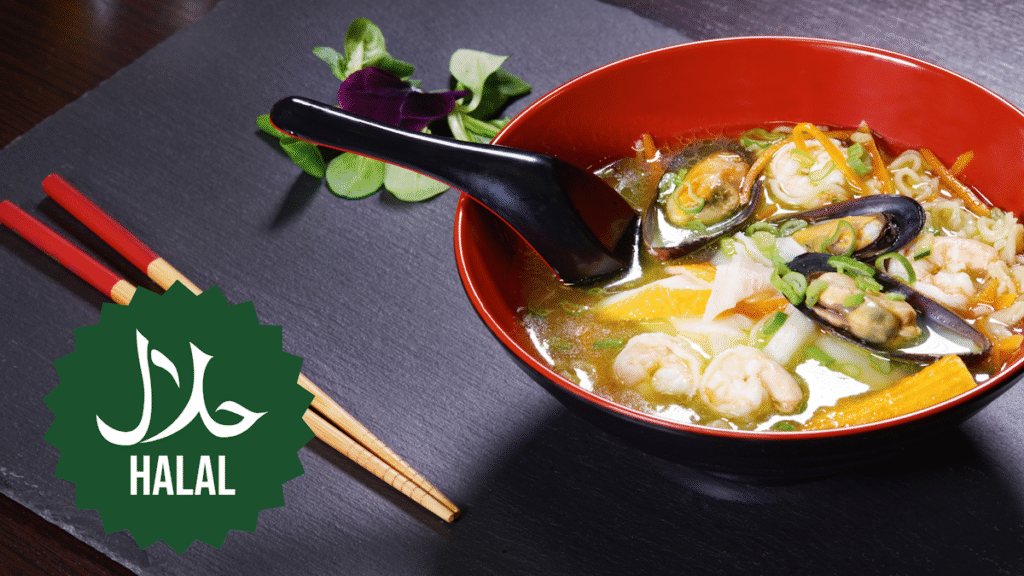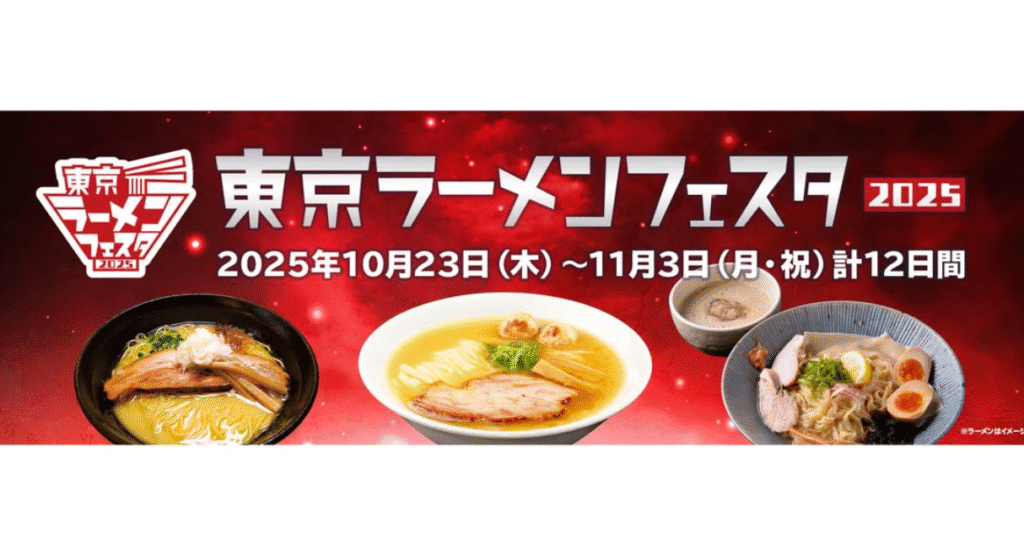Want an onigiri you can take anywhere – or perhaps use during a national emergency? You’re in luck! One company in Japan sells “non-grip onigiri,” which you can take anywhere and make by just adding water. The question is: how do they taste?
An automatic triangle

Onigiri is a pressed rice sandwich containing various fillings, including seaweed, dried plum, fish, and meat. It’s a popular combini treat and a popular snack in Japan in general. (That may change if rice prices keep going through the roof, of course.)
Onisi Shokuhin is a Japanese company specializing in making products with its “alpha rice” – rice that’s been cooked and then instantly dried to preserve it. The company makes a series of products, including dry curry, gomoku rice (a mixture of five veggies and meats), and shrimp pilaf.
Among its products is its “non-grip onigiri” (にぎらずにできるおにぎり; nigirazu ni dekiru onigiri). Even without gripping it, the product supposedly takes on the familiar triangle shape most people associate with onigiri.
The onigiri come in four flavors: wakame seaweed, gomoku, salmon, and konbu. All of the company’s rice products were designed originally as disaster relief food – a necessity in a country where devastating earthquakes are a regular occurrence. Since they keep for up to five years, you can safely stock up on them and keep them readily available.
The company also touts them for camping trips or other outdoor activities. They’re also a nice novelty for tourists who may want a quick onigiri after they go home but don’t want the hassle of making them. They are a bit pricey compared to fresh onigiri in Japan, though: a pack of nine sells for around 2,375 yen (USD 15.83), or around 264 yen ($1.76) per unit.
But how does it taste?

The key question is: how does this rehydrated product taste? And how hard is it to pull together? I decided to give it a taste test myself. That involved ordering a pack of eight online (so, you know, I hope they don’t suck).
There are two ways you can make the Onisi onigiri: with hot water, which takes 15 minutes; or cold water, which takes 60 minutes. I opted for the hot water because I’m not in the middle of a national disaster, and I don’t have all day.
Planning a trip to Japan? Get an authentic, interpreted experience from Unseen Japan Tours and see a side of the country others miss!

"Noah [at Unseen Japan] put together an itinerary that didn’t lock us in and we could travel at our own pace. In Tokyo, he guided us personally on a walking tour. Overall, he made our Japan trip an experience not to forget." - Kate and Simon S., Australia

See a side of Tokyo that other tourists can't. Book a tour with Unseen Japan Tours - we'll tailor your trip to your interests and guide you through experiences usually closed off to non-Japanese speakers.


Want more news and views from Japan? Donate $5/month ($60 one-time donation) to the Unseen Japan Journalism Fund to join Unseen Japan Insider. You'll get our Insider newsletter with more news and deep dives, a chance to get your burning Japan questions answered, and a voice in our future editorial direction.
To make these, you have to peel off the top seal and take out the dessicant first. Then you pour in water, seal the top zipper, and shake it at least 20 times.

The next part is the big pain in the butt. To expose the finished onigiri, you need to cut the package three times: once across the top and twice diagonally on each side. That gives you the onigiri’s final form.

I have to say, though, that both the seaweed and the salmon onigiri tasted great. Neither tasted dried out, stale, or artificial. As convenient foods to have around during an emergency or on an outdoor excursion, these are ideal.
Want to try them yourself? You can find them for sale from various sellers on Rakuten.
Why this page doesn't look like crap
You may notice a few things about this page. First, it’s mostly content – not ads. Second, this article was written by a human, not a plagiaristic Turing machine.
Unseen Japan is a collective of independent authors. We work hard to keep our content free of intrusive ads and AI slop.
Help us keep it that way. Donate to the Unseen Japan Journalism Fund to support our work. Regular donors will receive Insider, our paid newsletter with weekly bonus content about Japan. Plus, your contribution will help us produce more content like this.
What to read next

Halal Ramen in Tokyo: A Look at the Expanding Scene
Wanna enjoy one of Japan’s signature dishes but still stay halal? These five shops in Tokyo serve noodles without the pork and booze.

Why Japan’s Combini Can’t Beat Mister Donut
Mister Donut is facing fierce competition from the likes of 7-Eleven and Krispy Kreme. Here’s why it remains Japan’s top donut choice.

Tokyo Ramen Festa Showcases Dish’s Regional Variety Over 12 Days
Here’s your chance to try some of Japan’s best ramen from across the country in a single location in Tokyo’s Setagaya City.

